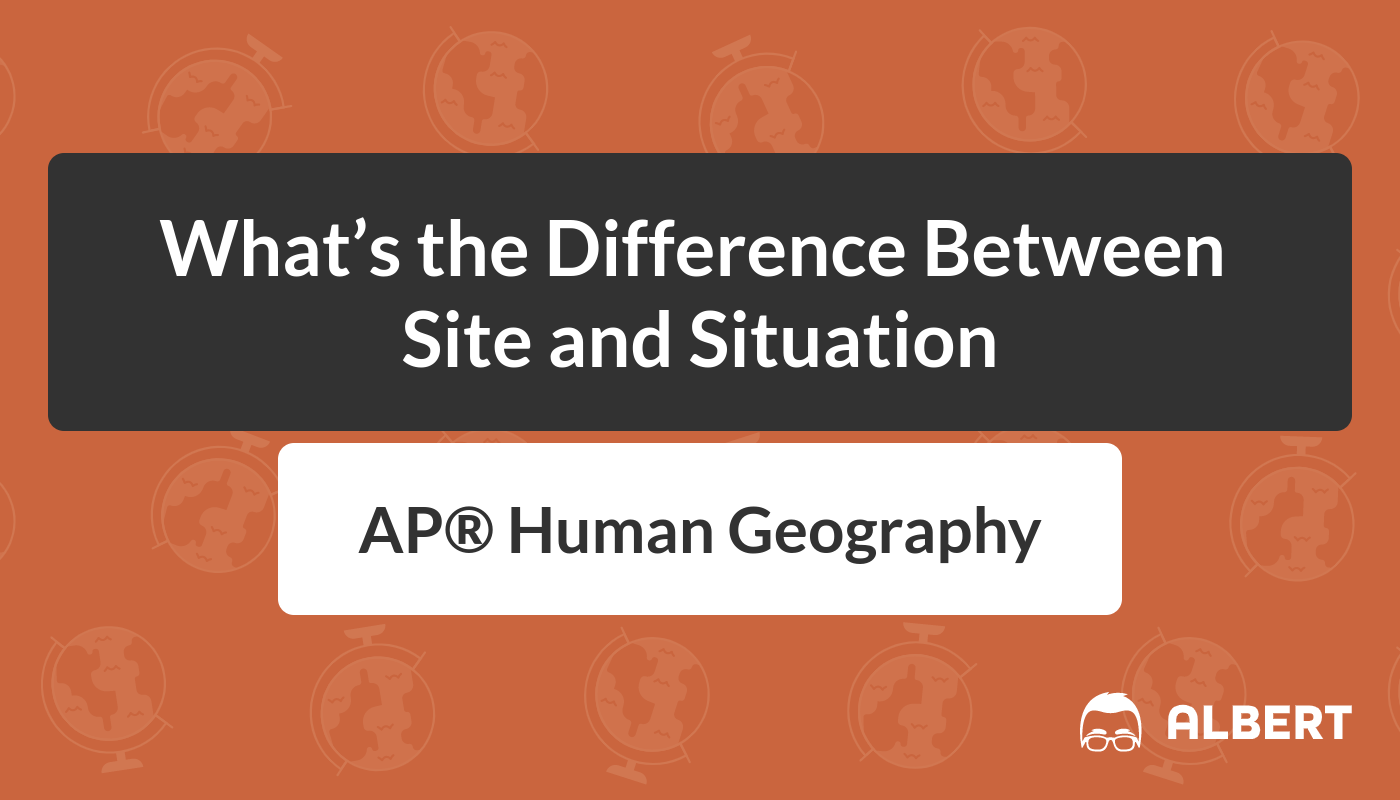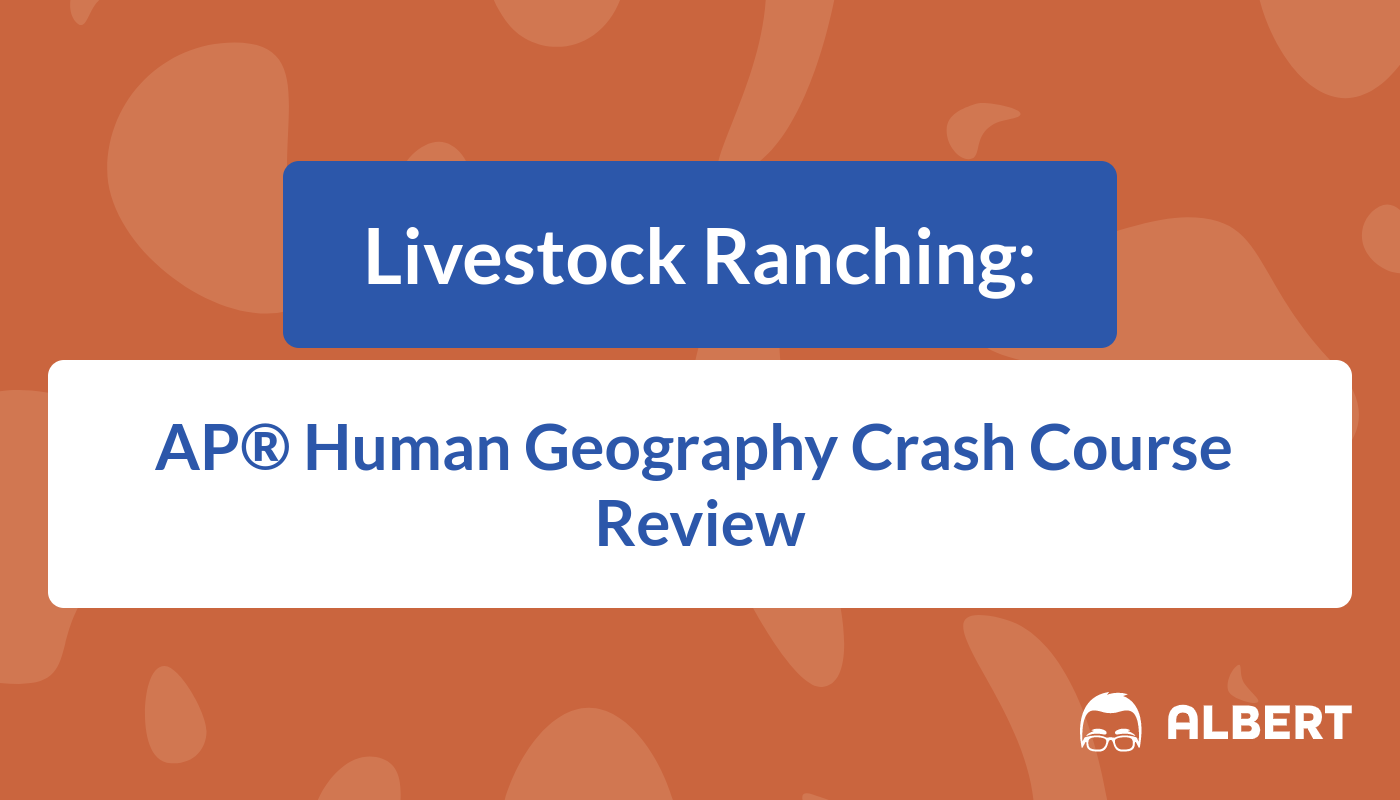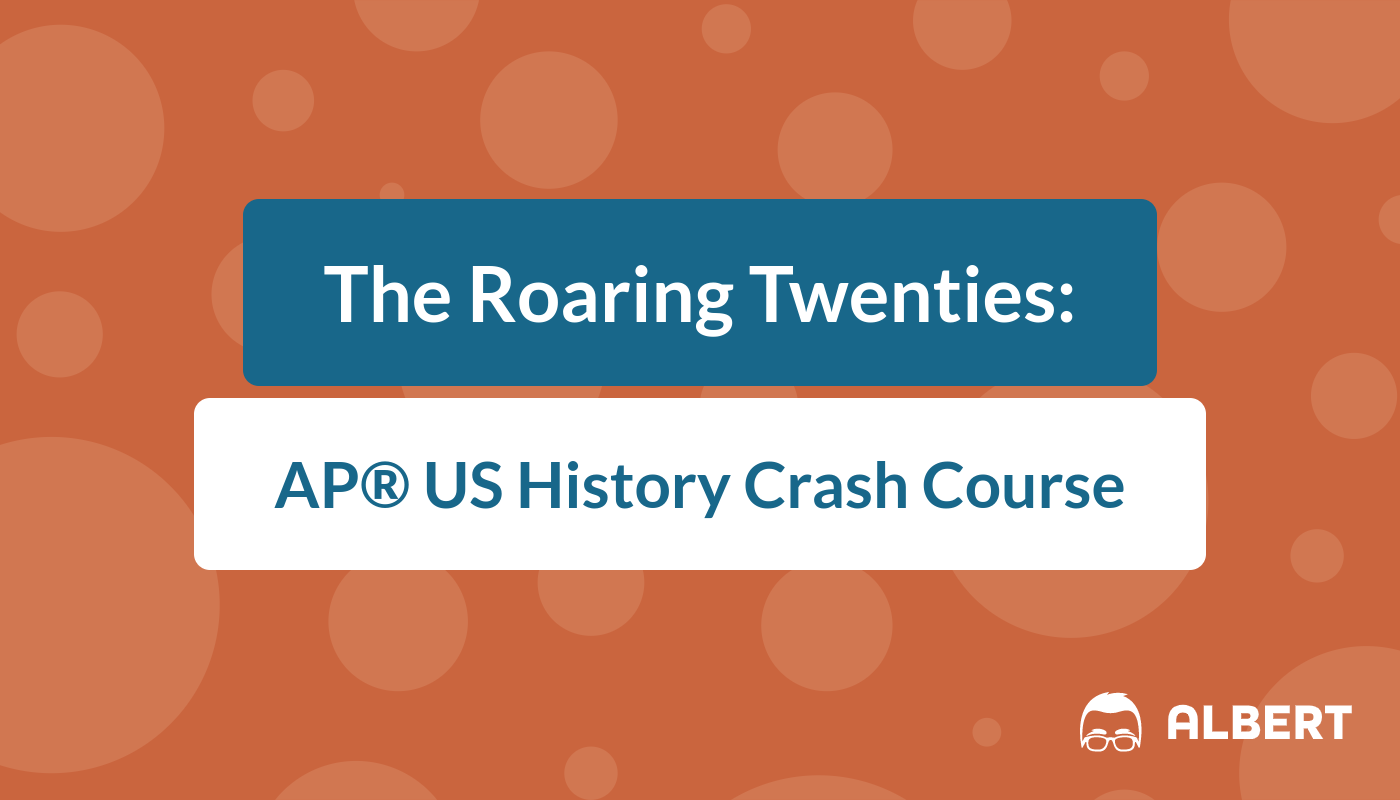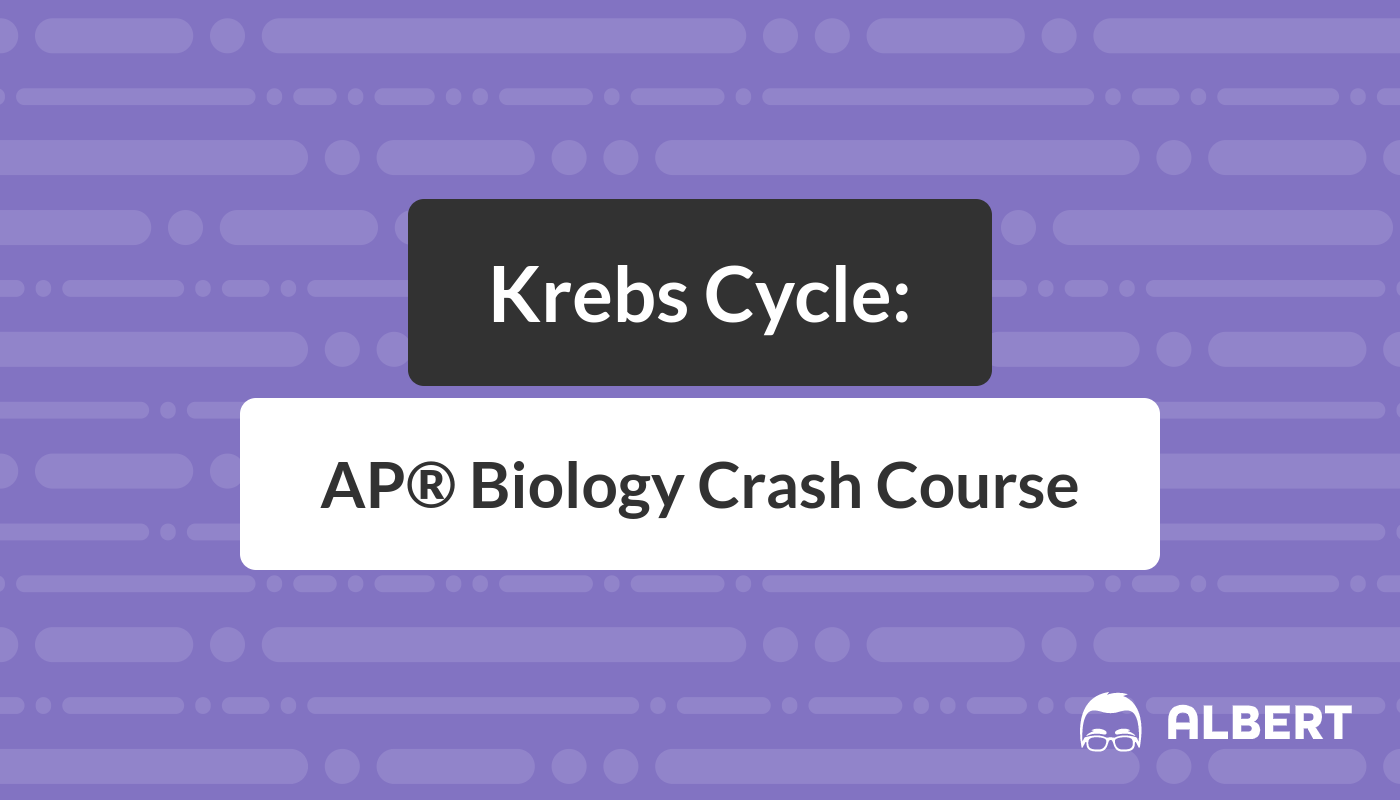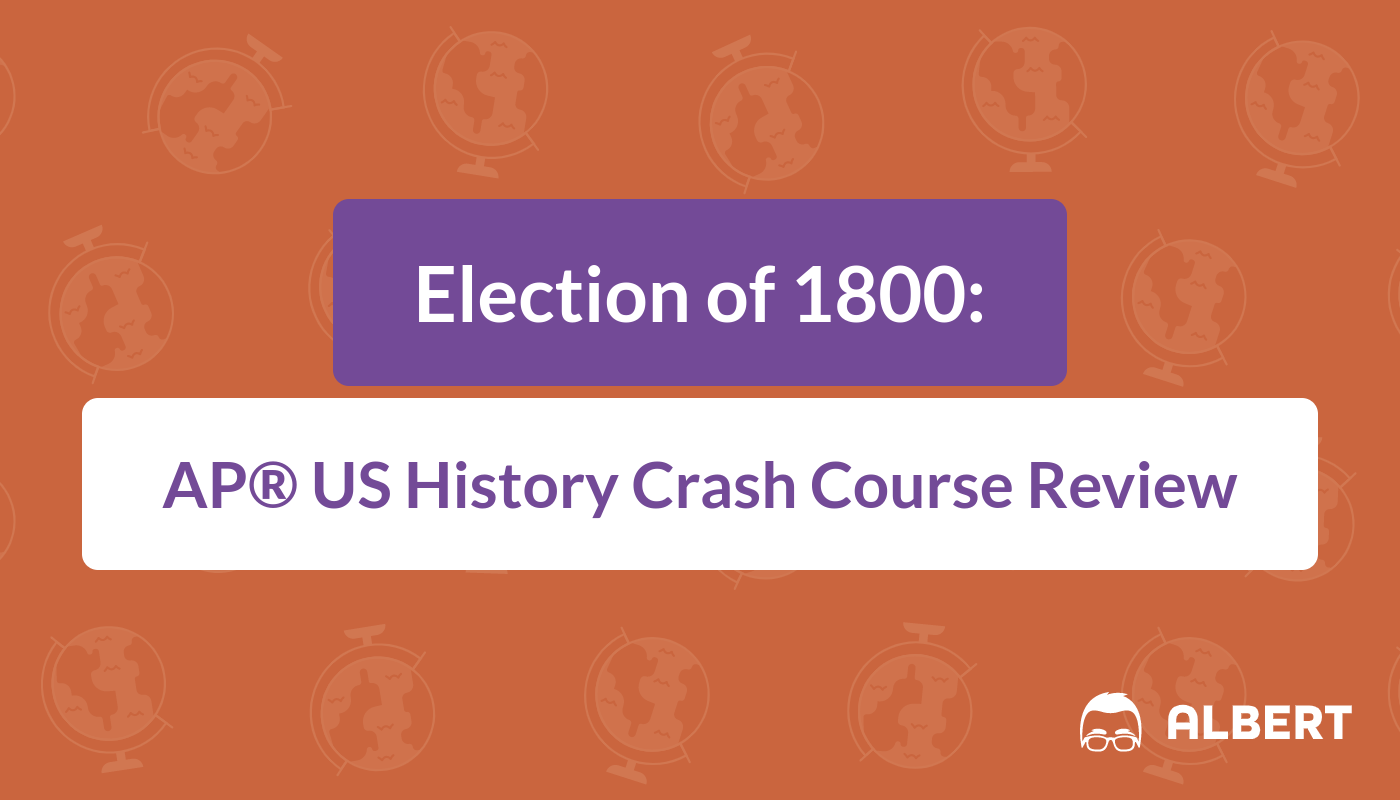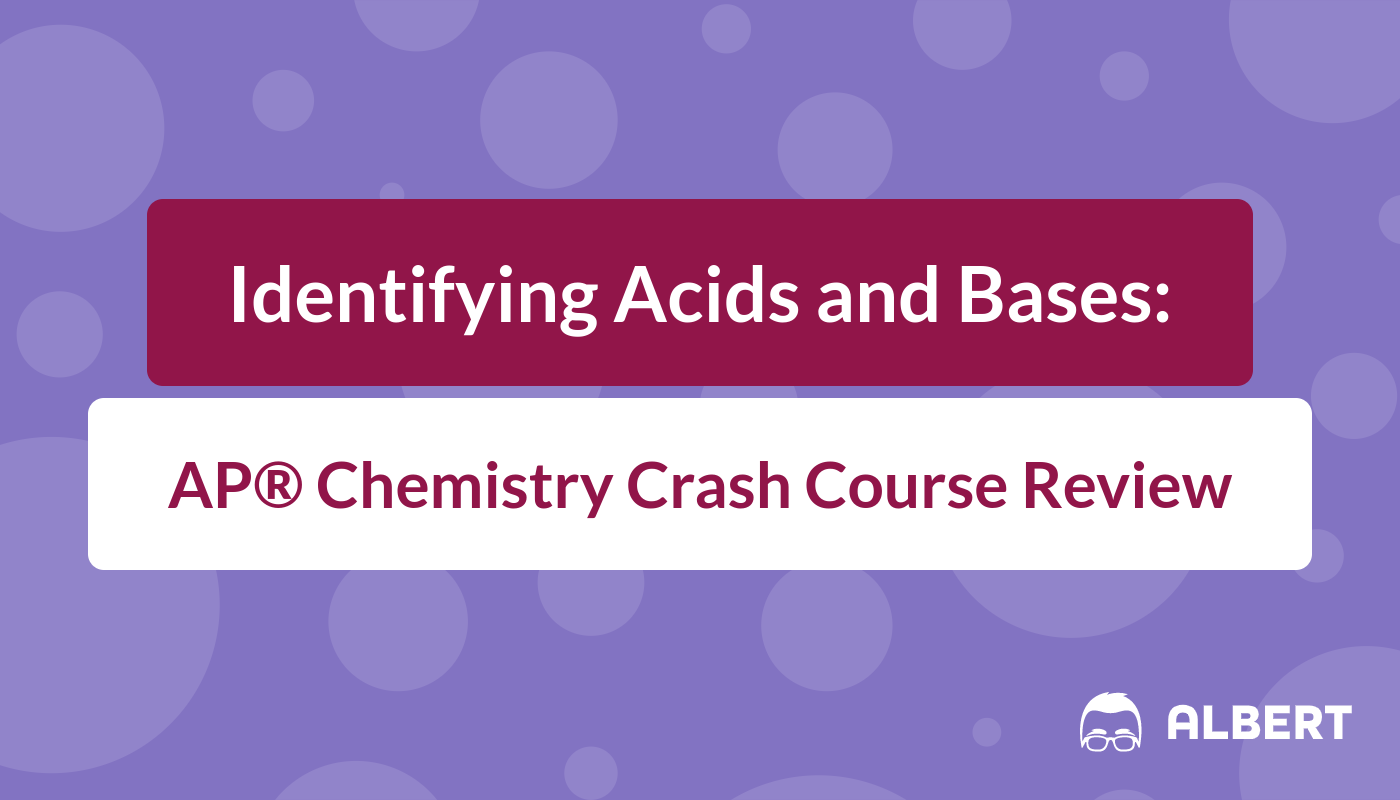What’s the Difference Between Site and Situation in AP® Human Geography
Almost half of the world’s population live in cities, and the urban population is growing much faster than the rural population. This mass migrating into cities and urban areas is a good reason for you to know about urban dynamics. It is a fact that the form, size, and function of urban settlements is always changing.

